Innisfree - Myeong-dong Station Branch [Tax Refund Shop] (이니스프리 명동역)
14.0Km 2024-04-18
2F, 43, Myeongdong 8-gil, Jung-gu, Seoul
-
Kkotbabe Pida (꽃밥에피다)
14.0Km 2021-03-26
3-6, Insadong 16-gil, Jongno-gu, Seoul
+82-2-732-0276
It is a 2021 Michelin Guide restaurant. This restaurant's signature menu is bibimbap. This Korean dishes restaurant is located in Jongno-gu, Seoul.
A Flower Blossom on the Rice (꽃,밥에피다)
14.0Km 2023-10-10
3-6 Insadong 16-gil, Jongno-gu, Seoul
A Flower Blossom on the Rice serves beautiful, healthy meals using ingredients grown in accordance with eco-friendly practices. Diners can expect to enjoy dishes made with organic rice grown in Bongha Village, pesticide-free vegetables, wheat, traditional pastes, and undyed meats. Popular menus include the vegetable course, suitable for vegans, the tteok bulgogi made with Korean beef, braised rockfish harvested around Heuksando Island, and the five-colored bojagi bibimbap.
Kumkang - Myeongdong Main Branch (금강제화 명동본점)
14.0Km 2022-12-29
7, Myeongdong 8-gil, Jung-gu, Seoul
+82-2-753-9411
Kumkang is a representative shoe brand of Korea (sneakers, casual shoes, etc.) that has been gradually expanding its product line to include accessories and clothing. Kumkang's main branch is located in Myeong-dong, frequented by international visitors. The brand offers plus-sized shoes and warranty service at the customer service center. Some of the bestsellers at the branch are Regal products, a sub-brand of Kumkang.
Busan Sikdang(부산식당)
14.0Km 2021-04-09
12 Insadong 11-gil Jongno-gu Seoul
+82-2-733-5761
It is a house where you can eat hot and spicy Daegutang (Codfish Soup). This restaurant's signature menu is codfish stew. This Korean dishes restaurant is located in Jongno-gu, Seoul.
Busan Sikdang (부산식당)
14.0Km 2021-03-24
12, Insadong 11-gil, Jongno-gu, Seoul
+82-2-733-5761
Busan Sikdang has been operated in one location since 1976. They offer clean and plain soup and properly-cooked rice prepared upon the customers' arrival.
Myeong-dong Sotttukkeong (명동솥뚜껑)
14.0Km 2021-03-20
14-4, Myeongdong, 7-gil, Jung-gu, Seoul
+82-2-773-5076
A place where you can try both soups and grilled pork with kimchi, one of the representative dishes of Koreans. The best menu at this restaurant is grilled pork belly. This Korean dishes restaurant is located in Jung-gu, Seoul.
Roomin Bukchon (루민북촌)
14.0Km 2024-12-13
13-12 , Bukchon-ro 11-gil, Jongno-gu, Seoul
+82-70-8098-4497
Located in Gahoe-dong, Seoul, Roomin Bukchon is a private hanok accommodation in a residential area near Bukchon Hanok Village. It is 23.14㎡ in size, so it is not very spacious, but it is sufficient to accommodate two people. It is equipped with a Balmuda toaster, an induction cooktop, a bathroom with a shower, and a bedroom with a beam projector to ensure that there are no conveniences. Guests are also provided with aromatherapy amenities and drip coffee bags from a popular cafe nearby, as well as access to a washing machine. You will find major tourist attractions nearby, including the Palace, Insa-dong, and Hanok Village.
Olive Young - Myeongdongdaero Branch [Tax Refund Shop] (올리브영 명동대로)
14.0Km 2024-04-18
1F, 120, Toegye-ro, Jung-gu, Seoul
-
Baek In-je House (백인제가옥)
14.0Km 2024-10-15
16 Bukchon-ro 7-gil, Jongno-gu, Seoul
+82-2-724-0200
Baek In-je House, located in Bukchon Hanok Village, is a hanok built during the Japanese administration period that portrays modern hanok features. The structure consists of a main room offering a good view of the whole village, spacious bedrooms, a large garden, and annex buildings. As it maintains the beauty of a traditional hanok while incorporating the modern trend of its time, Baek In-je House is considered to be highly valuable in means of both architecture and history, representing the Bukchon Hanok Village together with Yun Bo-seon House.
Baek In-je House was built from black pine, which was first introduced in Seoul during the Gyeongseong Expo in 1907, distinguishing itself from other upper-class houses of its time. Unlike other traditional hanok designs that separate the main building from the other rooms, Baek In-je House connects the two with a hallway, allowing convenient access between the two structures. The house also consists of a Japanese-style hallway and floor mat rooms, reflecting the interior trends of that period. Baek In-je House is also unique in that the main room is partially built as a two-story structure, a style that was never seen in any traditional hanok built during the Joseon period.
![Innisfree - Myeong-dong Station Branch [Tax Refund Shop] (이니스프리 명동역)](http://tong.visitkorea.or.kr/cms/resource/29/2878629_image2_1.jpg)
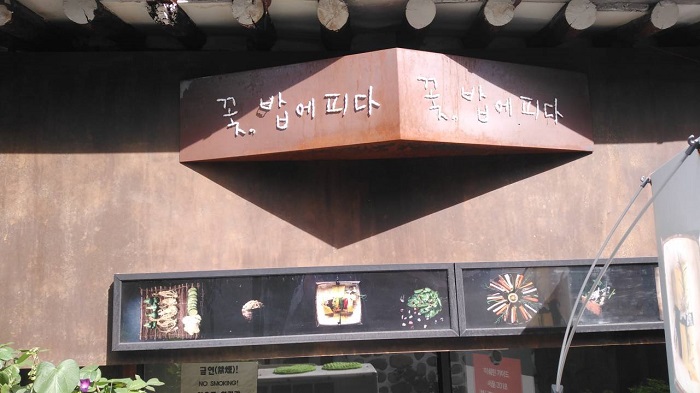
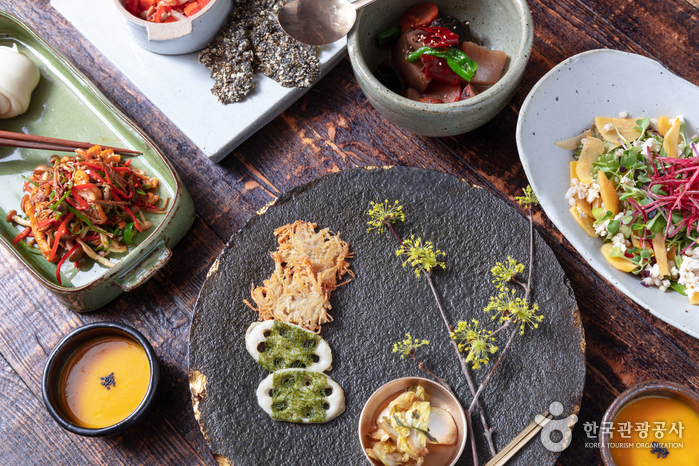
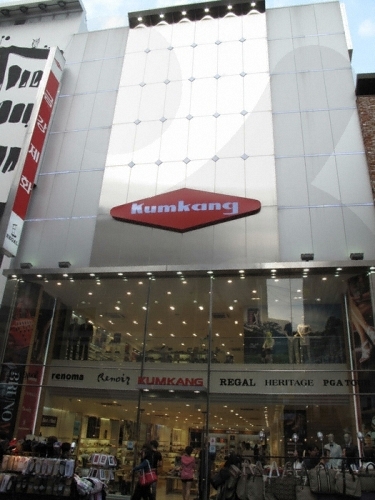
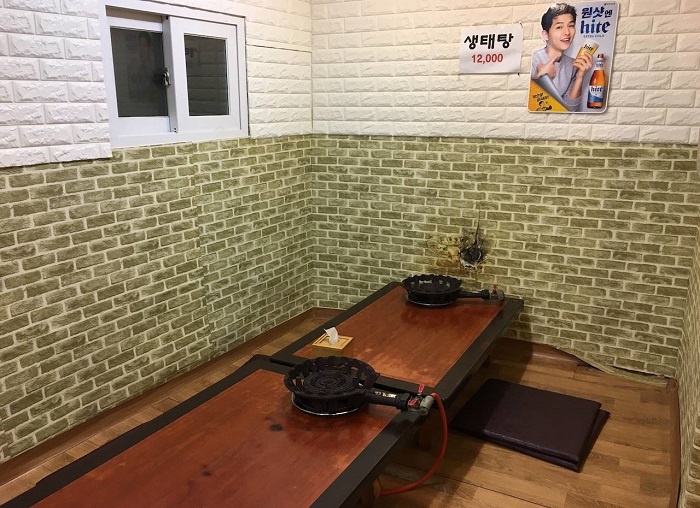
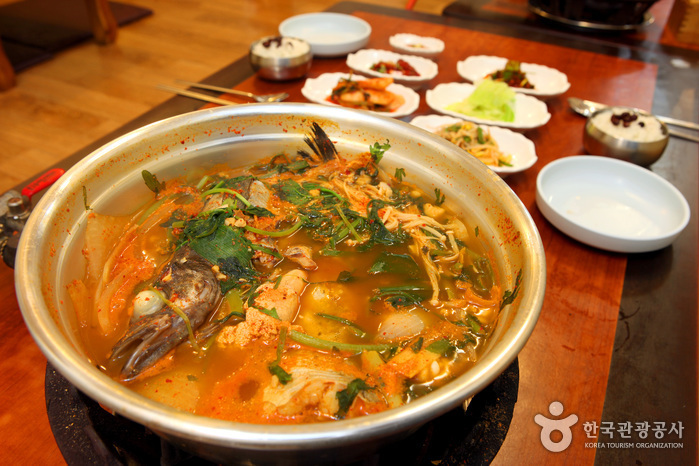
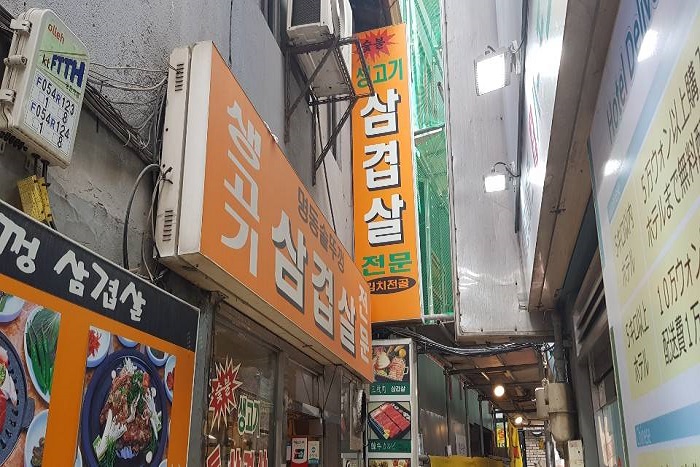
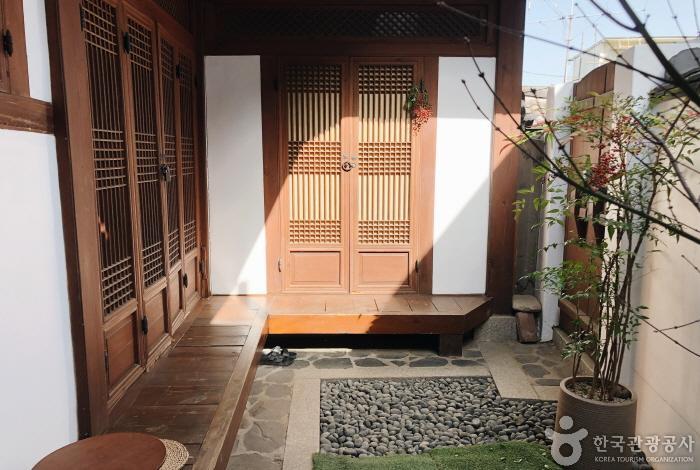
![Olive Young - Myeongdongdaero Branch [Tax Refund Shop] (올리브영 명동대로)](http://tong.visitkorea.or.kr/cms/resource/61/2878761_image2_1.jpg)
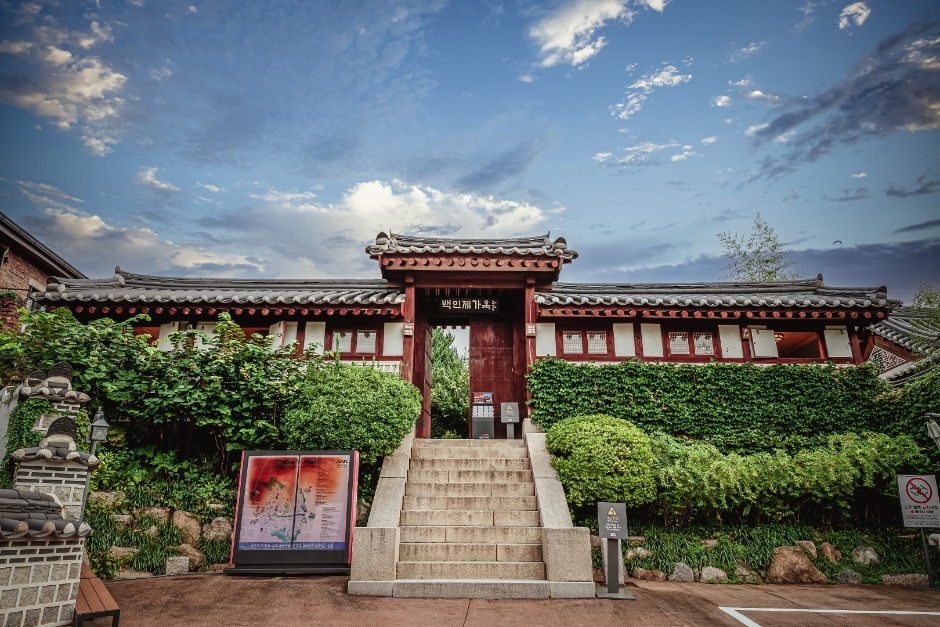
 English
English
 한국어
한국어 日本語
日本語 中文(简体)
中文(简体) Deutsch
Deutsch Français
Français Español
Español Русский
Русский